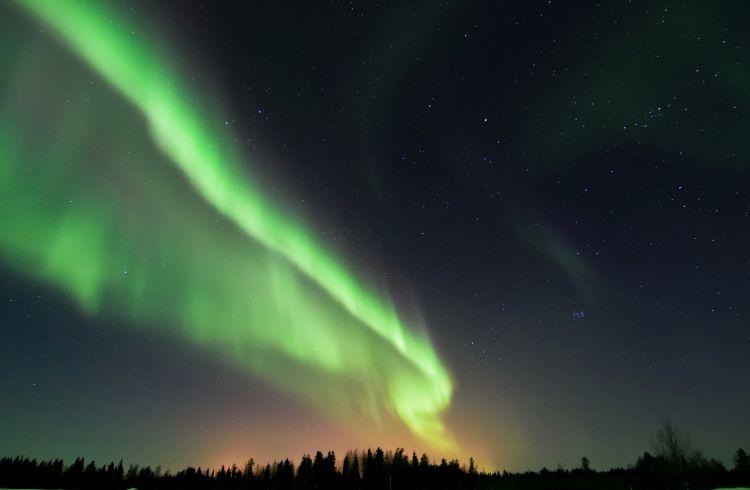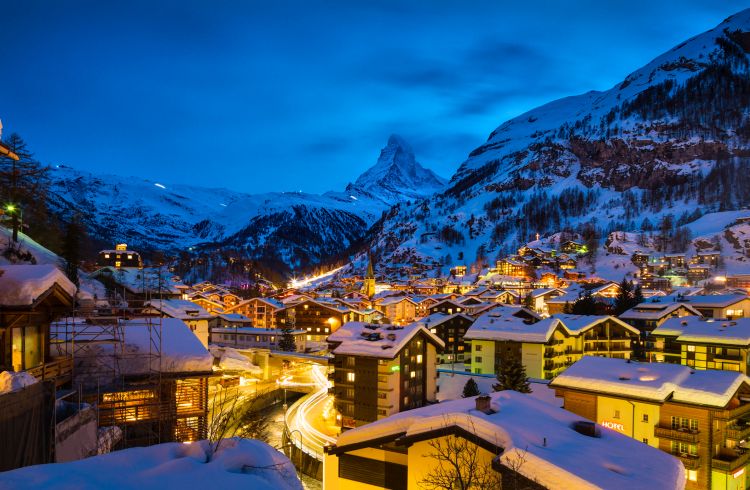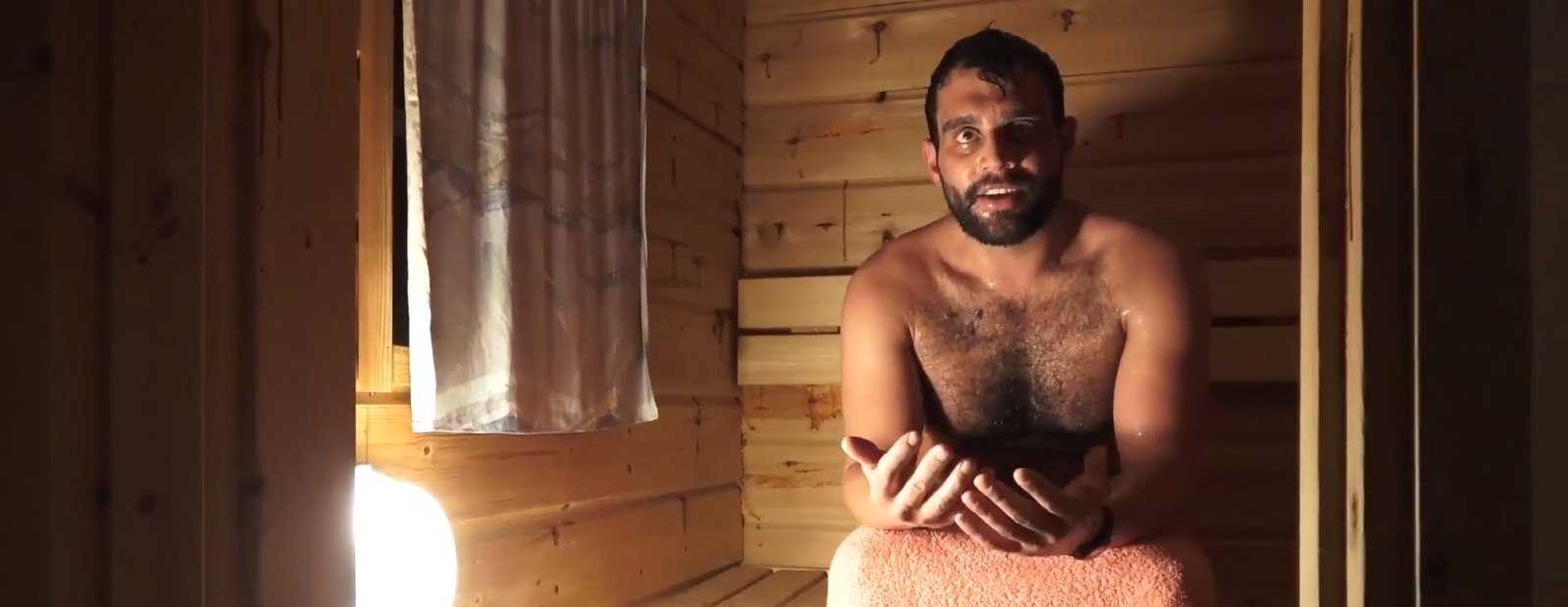Winter in Finland: Tips to Survive the Long, Dark Winter
Here's what you should know about seasonal affective disorder in Finland, and how to stay safe and warm during the winter months.
 Photo © Getty Images/Mikko Pekkala/EyeEm
Photo © Getty Images/Mikko Pekkala/EyeEm
Finland and the other Scandinavian countries are renowned for long dark winters, but it doesn't mean you need to stay indoors.
How do you think you would manage if you had to live for three months in near complete darkness? Do you think it would affect your mood? Do you think you'd sleep a lot more? Perhaps you might get a little depressed?
Science tells us that there is a measurable rise in mental health problems in the north of Finland during winter. But let's start at the beginning.
- Midnight sun and polar night
- What is Seasonal Affective Disorder?
- How does it affect your body?
- How to avoid SAD in Finland
Midnight sun and polar night
The top of Finland is located in the Arctic Circle which also encompasses the Arctic, parts of Russia, Norway, Sweden, Greenland and the far northern parts of Alaska and Canada. The Arctic Circle marks the southern extremity of the polar day (24-hour sunlit day, often referred to as the midnight sun) and polar night (24-hour sunless night).
In Finnish Lapland, the sun sets in late November and generally does not rise until mid-January. This can last as long as 50 days in northern Finland.
North of the Arctic Circle, the sun is above the horizon for 24 continuous hours at least once per year and below the horizon for 24 continuous hours at least once per year. These events occur, in principle, exactly once per year, at the June and December solstices, respectively. But don't worry, even during winter it isn't completely dark for 24 hours; there will be a few hours of twilight.
During summer there are equally long days with no real "dark" nights.
What is Seasonal Affective Disorder?
Seasonal Affective Disorder, also known as SAD, is a mental health disorder exhibited by people who would normally have good mental health in other parts of the year but express depressive symptoms during winter.
Symptoms include lethargy, feeling depressed, disinterest in activities, lack of focus, irregular appetite and many others.
Some people have the complete opposite version where, in summer, they can't sleep, gain weight and suffer from anxiety.
How does it affect your body?
Of course, both sets of circumstances pose challenges for the human body - physically and mentally. During winter, the body produces more melatonin (the neurotransmitter responsible for sleep patterns) due to the darkness which makes us tired and unmotivated. There is also a lack of serotonin production in the body.
Serotonin is the neurotransmitter responsible for mood and levels rise with sunlight. Essentially, SAD makes you feel like your get up and go, has got up and gone.
Realizing the effect the constant darkness might be having on your own body, you must be aware of its effect on the locals. In more remote places you may run across eccentric people, who are sometimes suspicious of outsiders. The long gloomy winter may lead to unpredictable behavior and alcohol abuse.
Levels of depression and related disorders are known to rise.
How to avoid SAD
So what can you do to avoid falling foul of the winter blues?
- Go outside. The whole day isn't plunged into complete darkness so there are a few hours of twilight where you can go outside and do things. Make sure you are adequately rugged up for whatever you are doing
- Exercise. Exercising is a great way to boost your energy levels and also those brain chemicals which improve mood. The locals are out walking, cross-country skiing, Nordic walking, biking and many other activities
- Be social. Don't channel your inner bear and hibernate. Get out with fellow travelers, or friends and hang out at local cafes, restaurants and events
- Taking a Vitamin D supplement may also help.
Also, one final note. Obviously, with little of the sun's heat to warm the earth, the weather can be especially extreme in northern Finland. Even outside winter, this can cause unexpected danger. Extreme cold kills lone trekkers almost every winter in the wilderness, and cold rain can also be a problem in summer. The key is to take appropriate precautions against both the emotional and physical extremes inherent to Finland's fascinating northern locations.
Related articles
Simple and flexible travel insurance
You can buy at home or while traveling, and claim online from anywhere in the world. With 150+ adventure activities covered and 24/7 emergency assistance.
Get a quote


3 Comments
I love this country and I heard that people are very cool l wish to visit finland
You can buy “light boxes” that are very easy to use that mimic the rays of the sun. You just sit one in your desk and turn it on for about an hour or two a day depending on how strong they are. They’re very effective in combatting SAD.
I am from China. Finland in my eyes is such a beautiful and amazing country with natural wonders, polar days and very different culture. Hope I will visit there someday.